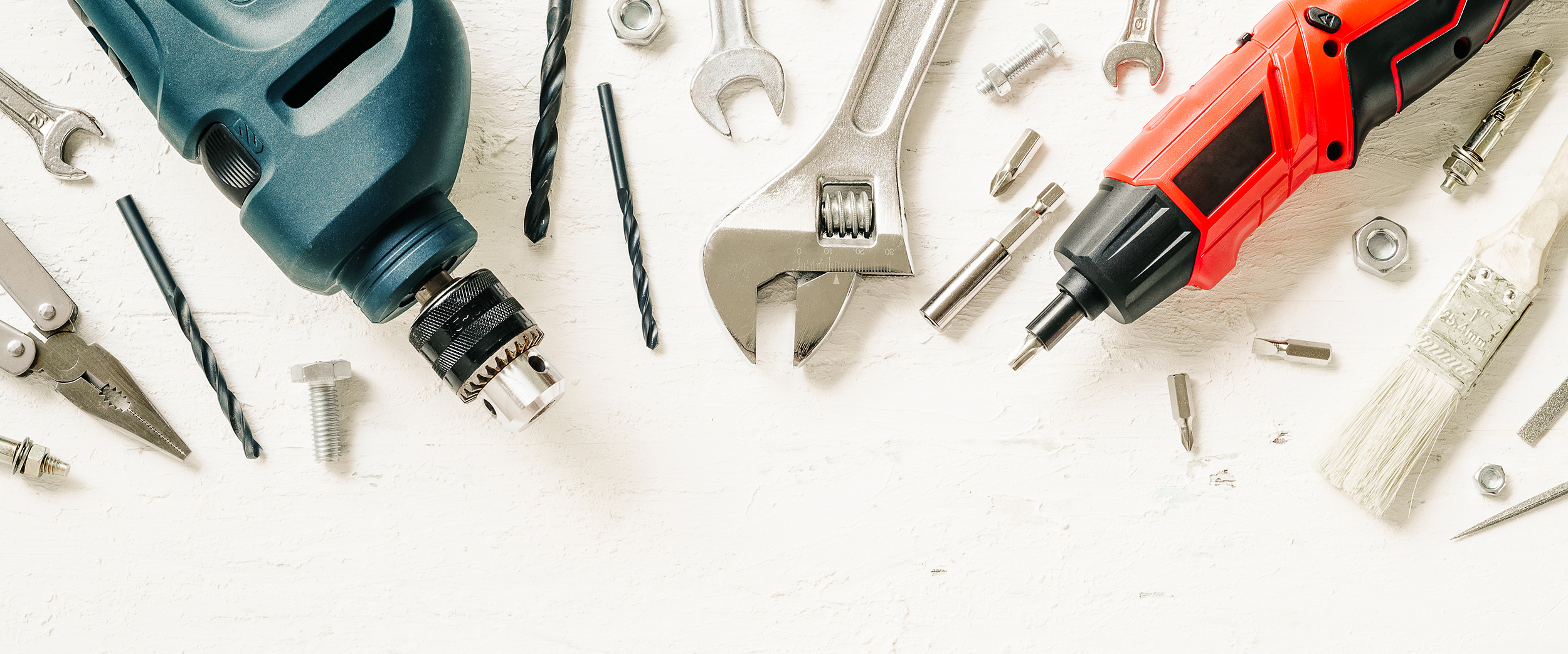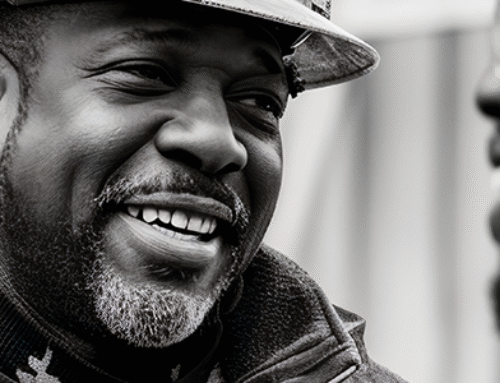When people think of someone being injured on a construction site, they probably think of that person being hit by a forklift, falling from scaffolding, or some other significant injury caused by a grandiose mistake. Few people think of someone being seriously hurt by a small hand tool, but they can be. These tools, especially power hand tools, can be very dangerous if the person using them isn’t careful and knowledgeable about the tool. Because of this, it’s very important that you and your construction crews keep safety as their top priority. Unfortunately, many people do forget to be safe when using small tools and have accidents, some of which may even be fatal. Here are some safety tips you can implement to make certain all of your employees are safe no matter what type of tool they are using.
Create a Safety Plan
The first step in reducing the number of injuries caused by hand and power tools is to have a safety plan. This plan should outline all of the appropriate safety measures, indicate what training and safety equipment is required for using each tool, and list what to do in the event that an injury does occur. You want to make certain that you look at what injuries or damage each tool can do, but also, be sure to consider the larger picture, too. How could a tool injure people nearby? What steps can be taken to minimize this risk? How will you and your crew commit to safety? This plan needs to cover training, OSHA requirements, and what resources you will dedicate to keeping your tools is safe condition.
Tool Inspections and Maintenance
Tools that are damaged or are in need of fluid or part replacement are more likely to misfire or break while being used. It’s important that your small power tools are inspected regularly, just like any large machinery or bigger tools you use. Create a regular schedule for inspections and maintenance, and make certain any tools that do not pass this inspection are set aside to be repaired or replaced. Employees should also know to do a basic check of each tool before they use it.
Teach Employees to Use the Right Tool for the Task
When crew members are on the job and in need of a tool that isn’t nearby or at the site, they may be tempted to grab whatever is nearby and use it as a makeshift tool. This can be incredibly dangerous. Tools are designed to do a specific job, and using them for something else can cause the tool to break or someone to get injured. Teach your employees that it’s better to take the time to find the right tool rather than risk injury to themselves and others.
Address Employee Misconduct
If you see employees doing something unsafe, stop them and immediately address why what they’re doing is dangerous. Often, you may find that these employees simply didn’t realize they were doing something wrong. Over time, it can be easy to forget some safety measures, especially if the employee doesn’t use a specific power or hand tool that often. This is one reason why having refresher safety courses is a good idea. These courses can remind your employees of what to do and what not to do. Make certain site managers feel empowered to step in and correct employee tool misuse in a way that is constructive, not punitive. While no one wants to be told they’re doing something wrong, it’s better than allowing someone to injure themselves.
Wear Protective Gear
Employees, visitors, and anyone else on the job site always needs to wear protective gear. This is more than just a hard hat—gloves, thick clothing, protective eyewear, and other gear should be worn when appropriate. All employees should understand what protective gear is necessary for each task and have access to that gear. If an employee is not wearing the right gear, they need to be pulled aside and given the appropriate items to wear before continuing to work.
Don’t Modify Tools
All hand and power tools should be used in their original condition. Employees shouldn’t remove any guards or other safety parts, nor should they use any parts that aren’t designed for the specific tool. Don’t paint tools, either, as this can make it difficult to see damage to the tool or find information regarding its use. Tools shouldn’t be repaired on-site, either, unless the right tools and parts are on hand.
Be Aware of the Area
Finally, employees need to be aware of their surroundings just as they do when operating a vehicle. It’s important to watch when someone is nearby to avoid backing into them or accidentally hitting them with the tool. Employees also need to watch where they’re walking so they don’t trip over power cords or other cables required by some tools.
These are just a few of the ways that your employees can be safe when using hand and power tools. Make certain everyone understands these safety tips before they begin working on the job site.






